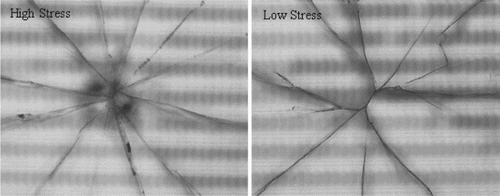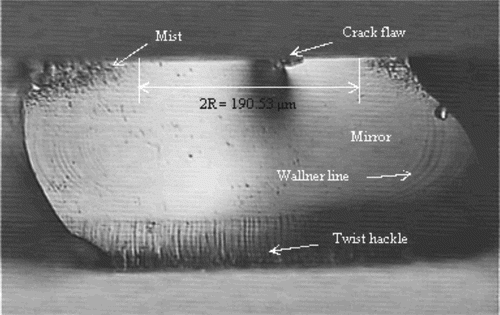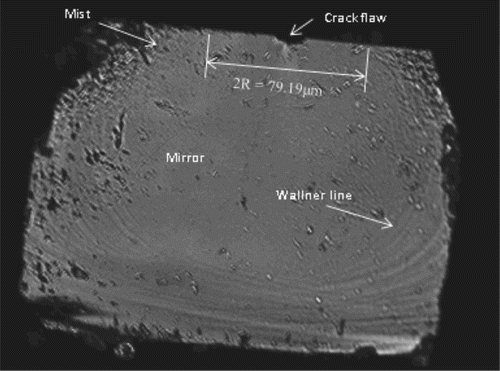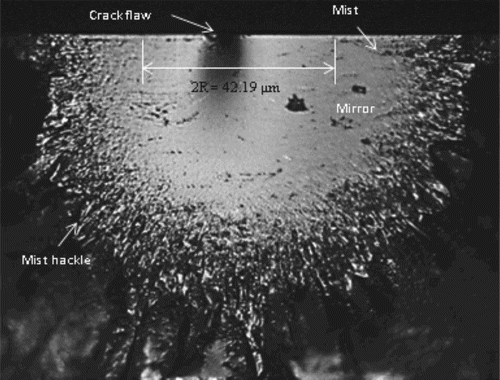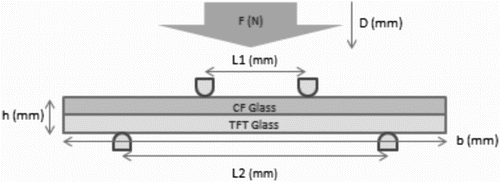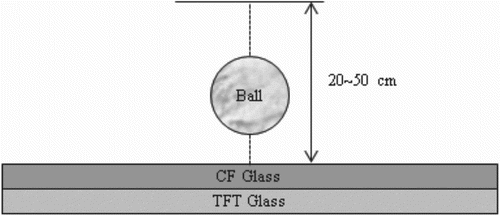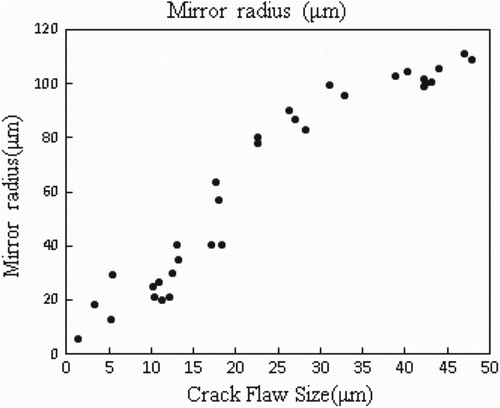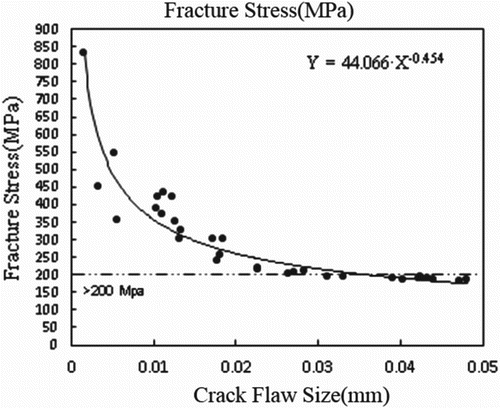Journal of Information Display
Volume 18, 2017 - Issue 1
Open access
3,057
Views
4
CrossRef citations to date
0
Altmetric
Articles
AMLCD glass mirror constant and crack flaw size in non-crack LCD panels
Si-jin KimIT Development Group, Samsung Display Company, Asan-si, Republic of KoreaCorrespondence[email protected]
View further author information
& View further author information
Seung-ju ChoiIT Development Group, Samsung Display Company, Asan-si, Republic of KoreaView further author information
Pages 19-24
|
Received 24 Aug 2016, Accepted 11 Oct 2016, Published online: 28 Nov 2016
Related research
People also read lists articles that other readers of this article have read.
Recommended articles lists articles that we recommend and is powered by our AI driven recommendation engine.
Cited by lists all citing articles based on Crossref citations.
Articles with the Crossref icon will open in a new tab.

